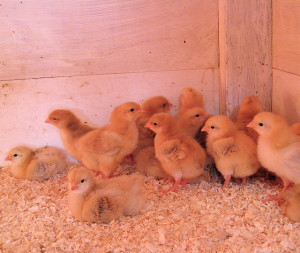Your chicken coop is likely going to be your biggest initial investment when starting out and you need to choose carefully so you don’t end up with an expensive pile of firewood and a flock of homeless backyard chickens.
To help you out we have put together a list of the top 9 chicken coops that you can purchase online. Our list covers a range of chicken coops from premium chicken coops for those who want to make a statement through to more economic chicken coops where functionality is the most important requirement. We have also included some plastic chicken coops that are relatively new to the market but provide some useful features in relation to cleaning and red mite control.
Premium Chicken Coops – less than $2000
Colonial Gable Chicken House with Ramp and Nesting Box by Little Cottage Company
Standing 114 inches high, 87 inches wide, and 97 inches deep, this chicken coop is suitable for 8-12 hens and is the equivalent of a chicken mansion. It comes complete with a working window one chicken door, nesting bins, a 72 inch roosting bar, and all the necessary fasteners and hardware to assemble the kit. It is solidly built with timber framing and can be assembled in one day. You will need to supply the roof shingles (or metal roofing if you prefer), drip edge, and also paint the chicken coop as this allows you to match your color scheme and roof finish to your existing people coop.
Click here to get the latest pricing and detailed specifications.
Gambrel Barn Chicken House with Nesting Box and Ramp by Little Cottage Company
This chicken coop will make you want to swap places with your chickens and move into the hen house! Standing 94 inches high, 63 inches wide, and 73 inches deep, this chicken coop is suitable for 6-8 hens. It comes complete with a working window (tempered glass and screens), one chicken door, four nesting bins, a 48 inch roosting bar, and all the necessary fasteners and hardware to assemble the kit. It is solidly built with timber framing and can be assembled in one day. You will need to supply the roof shingles (or metal roofing if you prefer), drip edge, and also paint the chicken coop as this allows you to match your color scheme and roof finish to your existing people coop.
Click here to get the latest pricing and detailed specifications.
Quality Chicken Coops – less than $1000
CC Only 141″ Chicken Coop with Chicken Run
This chicken coop is made from solid wood construction using quality semi-hardwood dried fir timber. Standing 52 inches tall, 141 inches in length (with the chicken run) and 53 inches wide it is suitable for 6-8 hens. Complete with a shingle roof, pull out tray for easy cleaning, ramp, door, and two nesting boxes. It is well ventilated with two screened windows and a 34 inch roosting bar. The chicken coop on wheels so that is can be easily relocated around your yard and represents a good balance between price and quality.
Click here to get the latest pricing and detailed specifications.
CC Only 124″ Chicken Coop with Chicken Run
This chicken coop is made from solid wood construction using quality semi-hardwood dried fir timber. Standing 50 inches tall, 124 inches in length (with the chicken run) and 39 inches wide it is suitable for 6-8 hens. Complete with a shingle roof, pull out tray for easy cleaning, ramp, sliding door, and two nesting boxes. It is well ventilated with three screened windows and a good sized 45 inch roosting bar. You will need to water seal the timber after assembly to extend the life of the chicken coop.
Click here to get the latest pricing and detailed specifications.
Budget Chicken Coops – Less than $500
Extreme Cape Cod Chicken Coop with Nesting Box and Roosting Bar by Precision Pet Products
 This little chicken coop is one of the most popular best sellers online. It is perfectly suited to a little flock of up to two backyard chickens that have access to a fenced yard to forage during the day. The design offers some protection against predators although we recommend to enhance the security with some stronger locks and fasteners. The small run is not suitable for keeping chickens for extended periods but it is a pretty little overnight hen house for a couple of pet chickens. Overall this is a practical, economical, and cute little chicken coop for a very small backyard flock.
This little chicken coop is one of the most popular best sellers online. It is perfectly suited to a little flock of up to two backyard chickens that have access to a fenced yard to forage during the day. The design offers some protection against predators although we recommend to enhance the security with some stronger locks and fasteners. The small run is not suitable for keeping chickens for extended periods but it is a pretty little overnight hen house for a couple of pet chickens. Overall this is a practical, economical, and cute little chicken coop for a very small backyard flock.
Click here to buy Precision Pet Coop Extreme Cape Cage
Pawhut 91″ Deluxe Large Wooden Bunny Rabbit Hutch / Chicken Coop w/ Large Outdoor Run
Whilst it is touted as a “deluxe” rabbit hutch it also doubles as a practical chicken coop (although you will need to make some modifications). It is relatively stylish looking and has a well designed central living space and a good sized chicken run for 3-4 hens. It stands 40 inches high, 90 inches long, and 27 inches deep but is missing built in nesting boxes and roosting perches: you will need to add these yourself. The ventilation is very open and so will need to also provide some weather protection to the windows. But despite being a luxury rabbit hutch it provides a good basis for a pretty good chicken coop making it a good value proposition well worth considering.
Click here to buy Pawhut 91″ Deluxe Large Wooden Bunny Rabbit Hutch / Chicken Coop w/ Large Outdoor Run
Plastic Fantastic
Plastic chicken coops have begun to emerge in the market over the past few years. Whilst the wood vs plastic debate continues with chicken keepers around the world they each have their pros and cons. Where plastic chicken coops come into their own is cleaning and maintenance. The cleaning of plastic chicken coops is much easier than wooden housing as you can simply hose them out and they are dry in less than an hour and maintenance is practically zero. Plastic chicken coops are also resistant to red mite by reducing the number of place red mite can live inside the coop. Ultimately it comes down to your needs and personal preferences.
Here are our pick of what is available on the market.
Formex Snap Lock Large Chicken Coop Backyard Hen House 4-6 Large 6-12 Bantams

At 64” tall, 39” wide, and 42” deep it is recommended for use with 4-6 Large Chickens or 6-12 Bantams on average. Can vary with the size of your yard or an external run space.
Click here to buy Formex Snap Lock Large Chicken Coop Backyard Hen House 4-6 Large 6-12 Bantams
This is our other suggested plastic chicken coop. It is precision designed and manufactured from 100pct recycled plastic for minimum carbon footprint featuring ample space, plenty of ventilation, molded nest areas, elevated roosting areas, and a convenient large egg collection door on the back.. Cleaning is extremely easy with removable roof panels and dropping tray allowing you to simply pressure wash the entire coop, wipe it dry and put it back together. An optional sturdy 3.5 by 6 foot welded mesh steel run is also available from the manufacturer.
It is also red mite resistant due to its plastic construction and design to minimize crevices where mites breed and make cleaning as easy as possible.
Click here to buy Winscombe Chicken Coop
One final note. Whilst raising chickens for eggs is a sustainable way to produce your own food – why stop there. At backyard chicken zone we believe that going green does not mean sacrificing your lifestyle and that green tech and eco friendly products can give you the lifestyle you desire whilst moving towards a more sustainable future. Our partners at GoGetEco.com have the latest in cool eco friendly gadgets, future gadgets, future tech, the latest in green technology, eco friendly products and cool green tech inventions. Why not check them out.










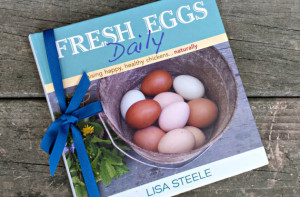
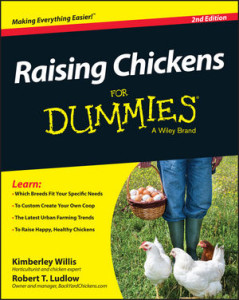
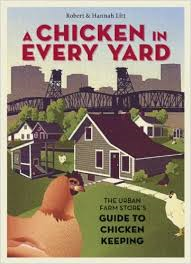
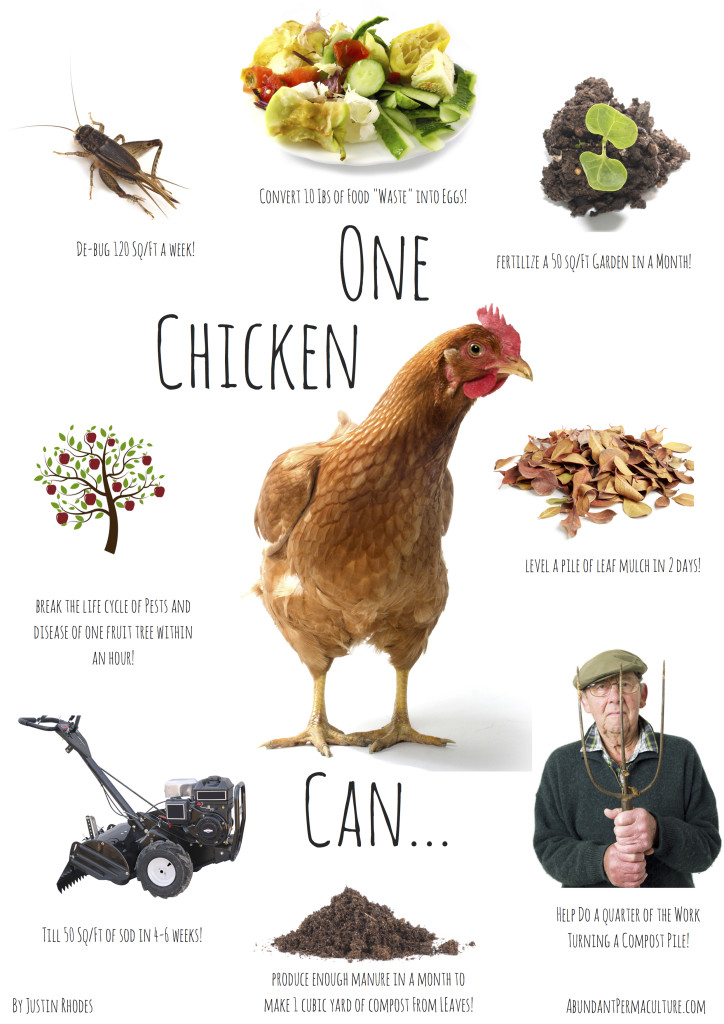
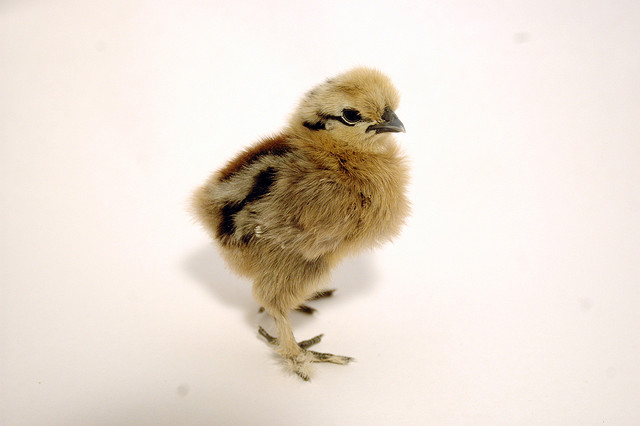


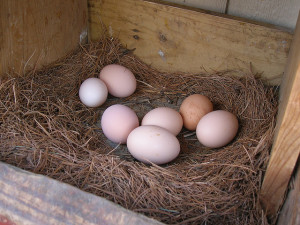

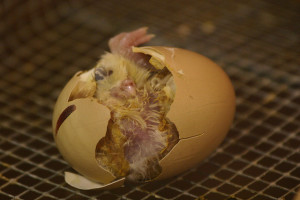 affects how much moisture is lost from the eggs during incubation. Fortunately most incubators create their own humidity through the use of water trays. (Tip – always use Luke warm water when you refill these water trays). The ideal humidity for hatching your backyard chickens is around 50-55% for the first 18 days and 65-70% in the final three days before hatching.
affects how much moisture is lost from the eggs during incubation. Fortunately most incubators create their own humidity through the use of water trays. (Tip – always use Luke warm water when you refill these water trays). The ideal humidity for hatching your backyard chickens is around 50-55% for the first 18 days and 65-70% in the final three days before hatching.